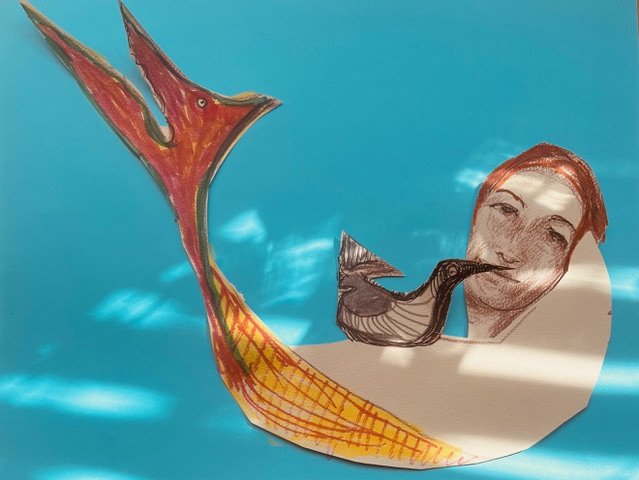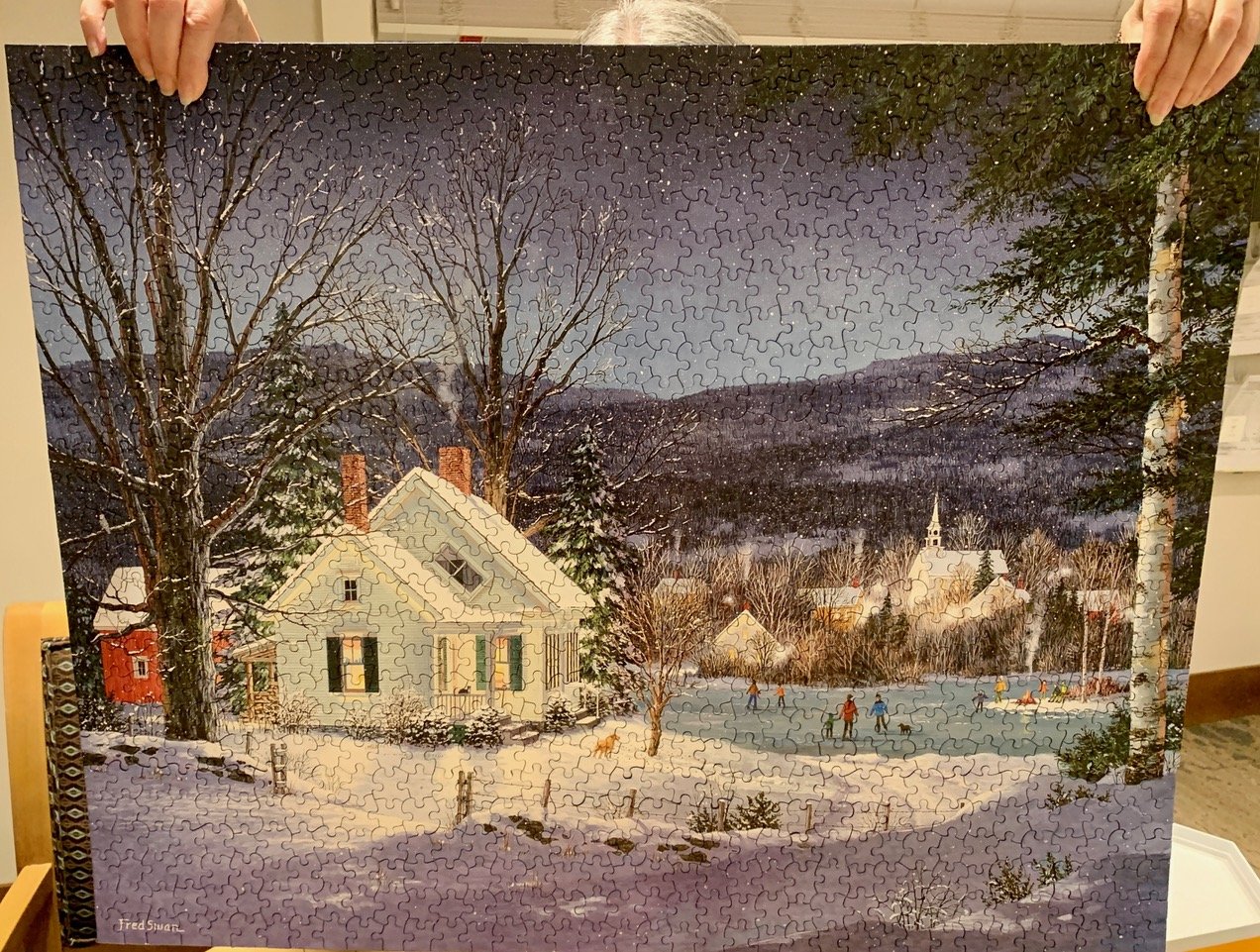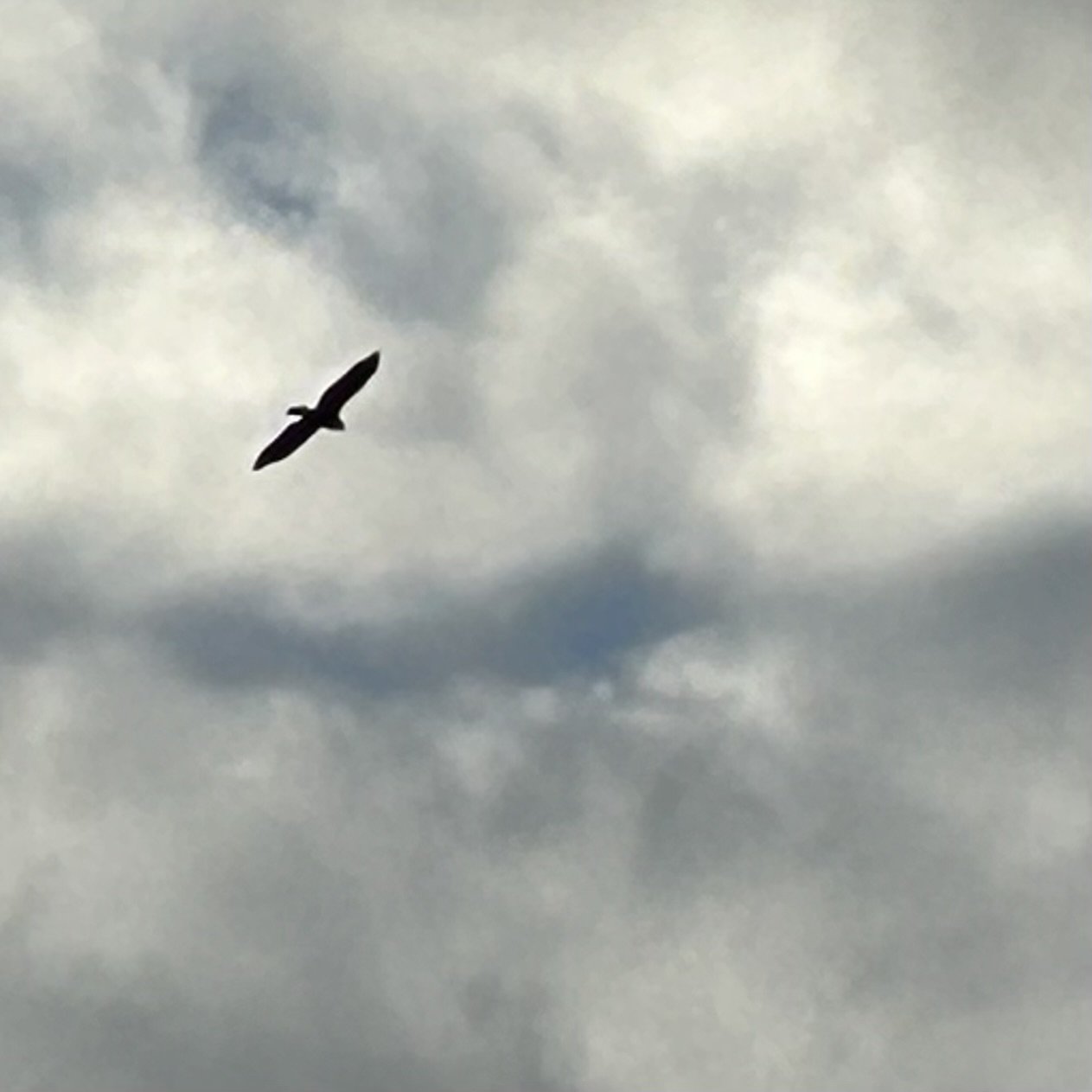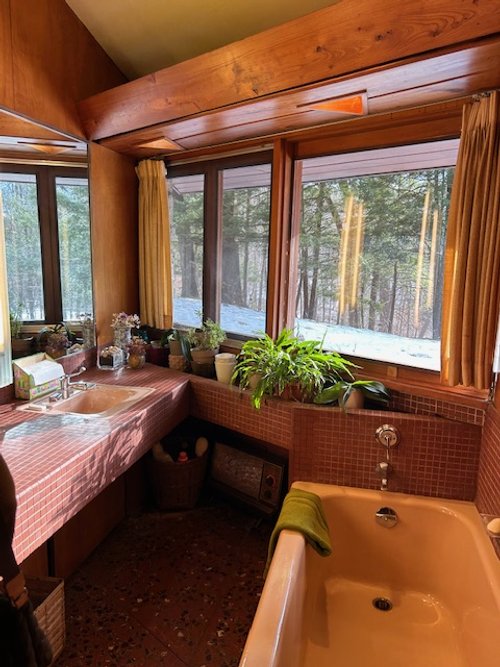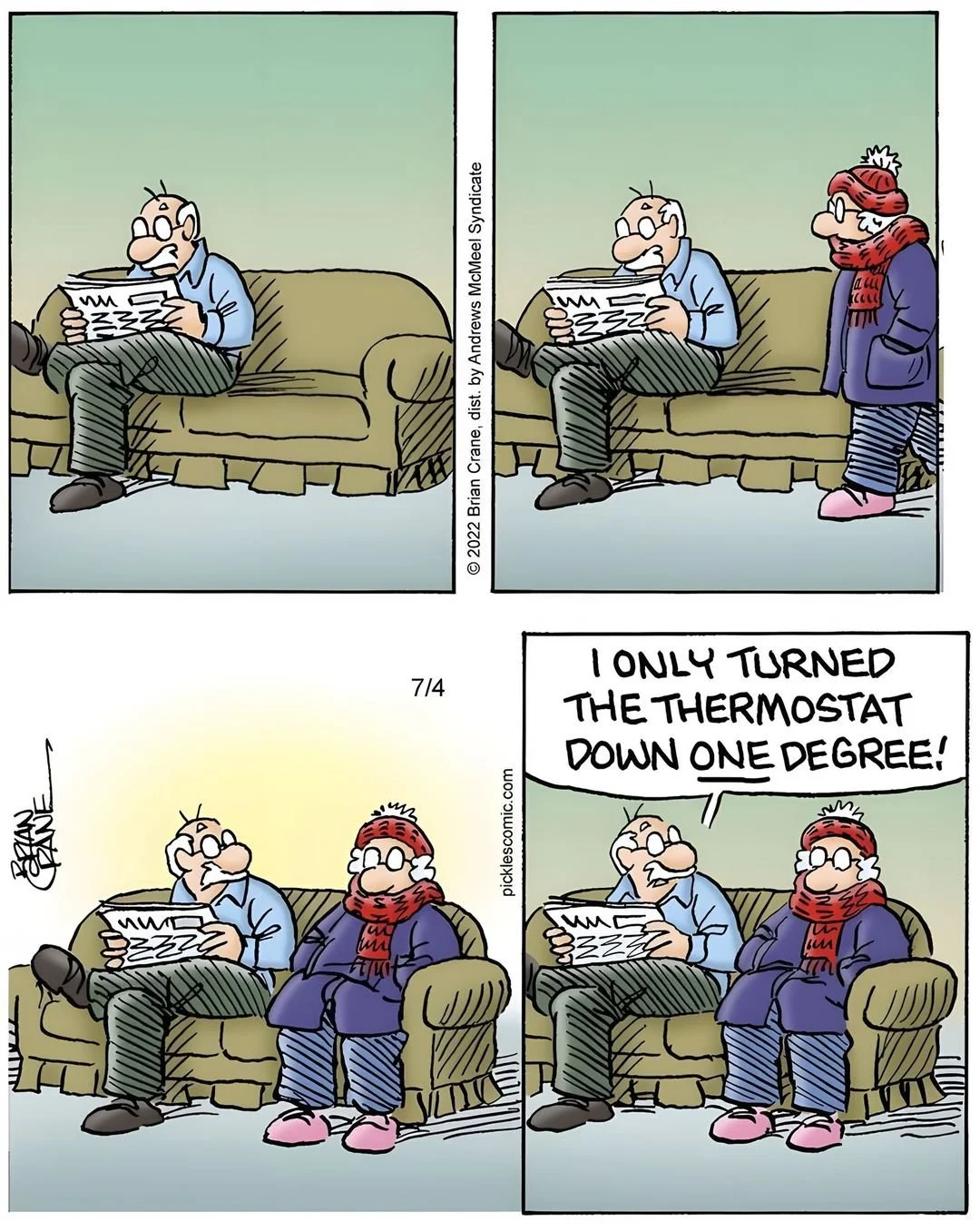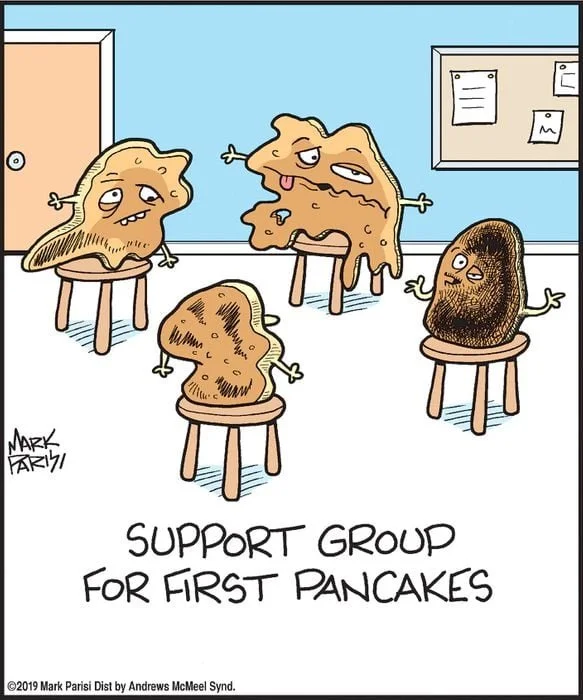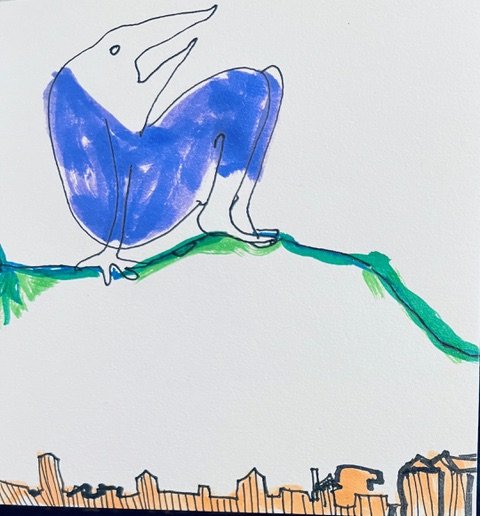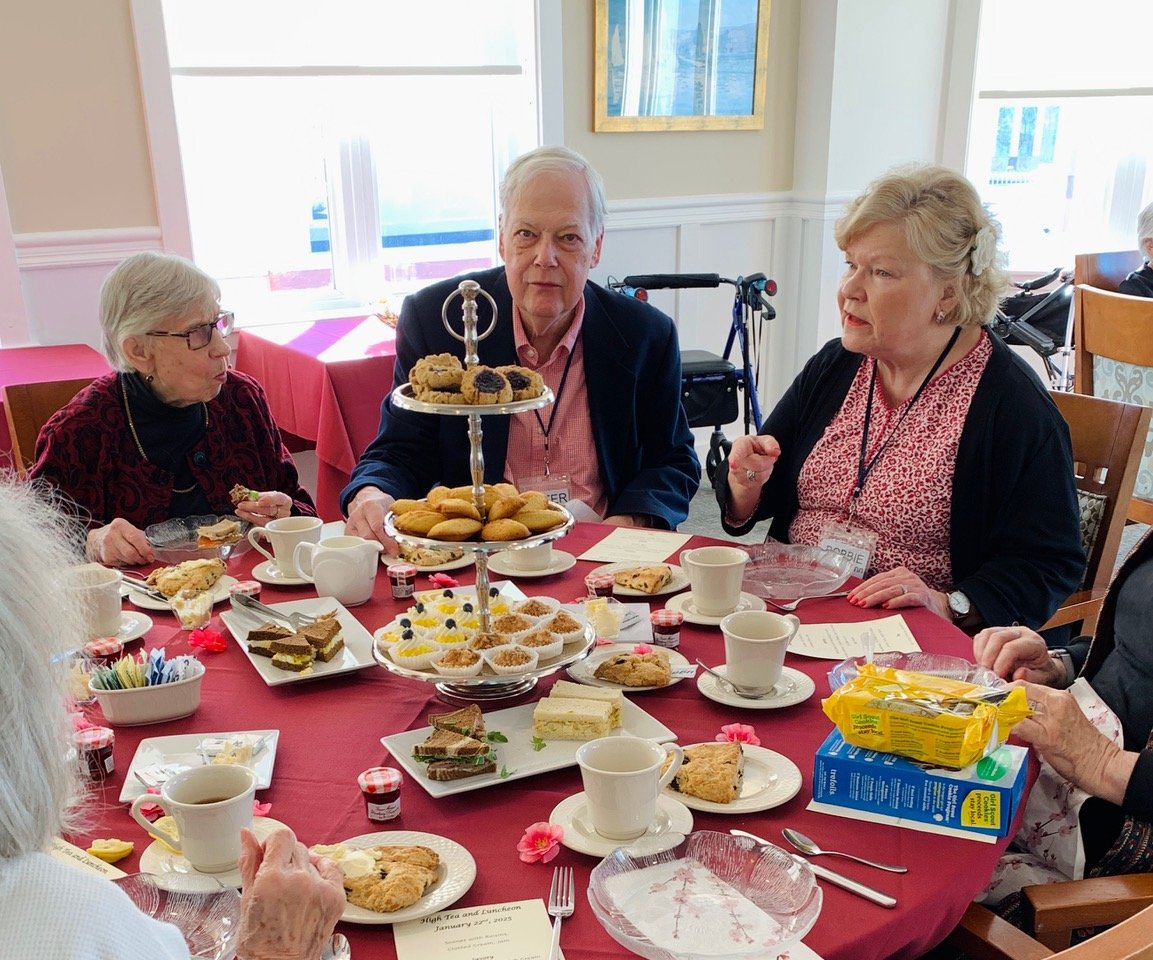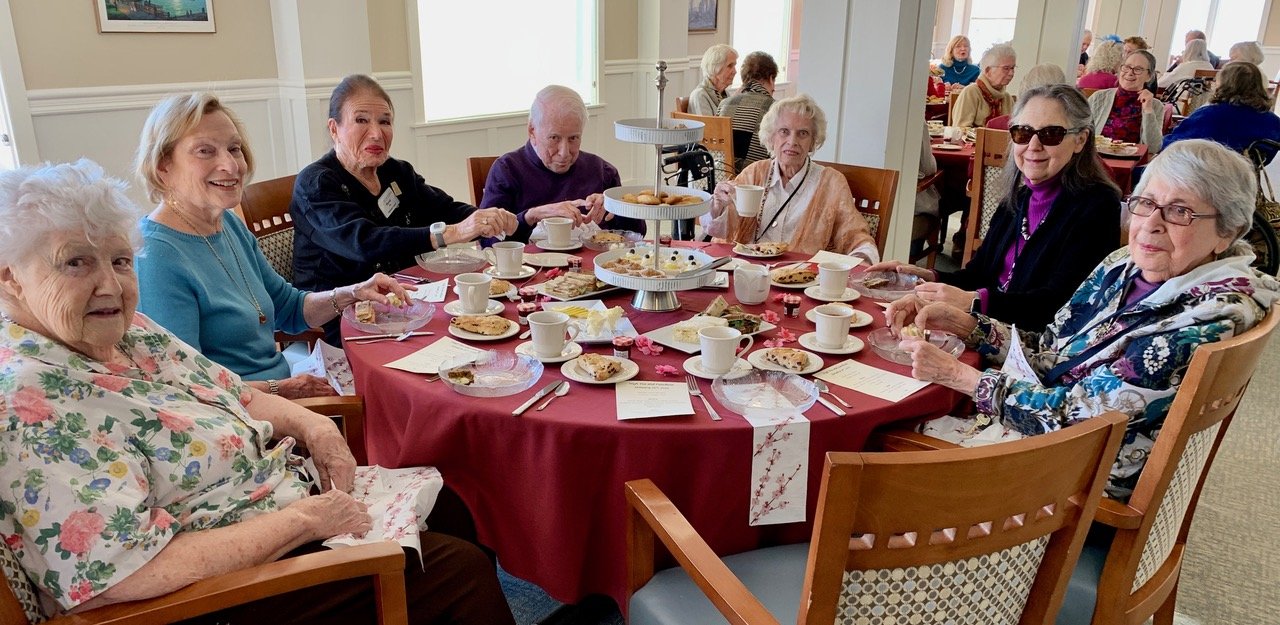The First Text
By Mathew Benjamin Brady - Christies, Public Domain.
Samuel Morse of Morse Code fame sent the first ever text. It went from Greenwich Village on January 24, 1838, along a mile-long copper wire from Morse’s laboratory window and in and out of Washington Square Park. The message? Attention the Universe by kingdom’s right wheel, which has probably never been texted since.
Scrabble: Just a Little Game from Queens
Architect Alfred Mosher Butts came up with this iconic game in 1938, in Jackson Heights, Queens. Scrabble has gone from this humble beginnings to global domination—it’s available in more than 100 countries and can be found in half the homes in Britain.
The Curve Ball: A Baseball Innovation
The curveball was born in Brooklyn! Although in history and baseball no things are wholly linear, so there is some controversy over who gets the credit. Candy Cummings, a Brooklyn pitcher, often gets the nod, but there’s evidence to support “Phonney” Martin of the Brooklyn Eckfords and Fred Goldsmith, who demonstrated a curve at the Capitoline Grounds in Brooklyn in 1870. Either way, Brooklyn is the city of record for one of the most iconic innovations in the game.
Source: “Made in NYC,” City Guide, March 20, 2024
Contributed by Bobbie Roggemann













